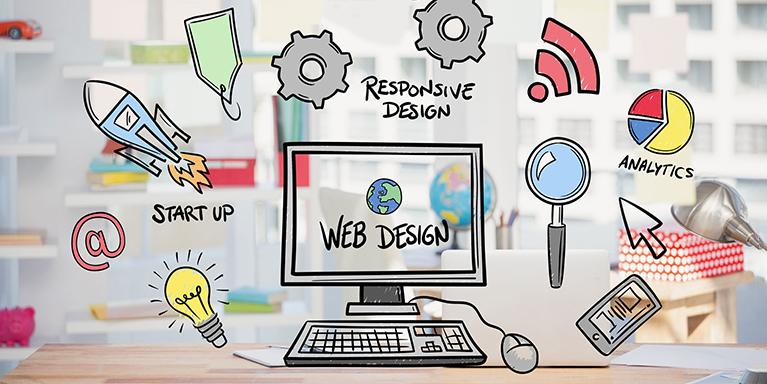Embracing innovation is key to creating engaging and efficient digital experiences. One such innovation that has taken center stage is the integration of Artificial Intelligence (AI) and Machine Learning (ML) techniques. These technologies are reshaping the way websites are built, optimized, and personalized. In this article, we'll delve into the remarkable role AI and ML play in enhancing web development career, bringing about a new era of possibilities.
Understanding AI and Machine Learning
AI refers to the simulation of human intelligence processes by computers. It involves creating systems that can perform tasks that typically require human intelligence, such as recognizing patterns, understanding language, and making decisions. Machine Learning, a subset of AI, enables computers to learn from data and improve their performance over time without being explicitly programmed.
Points of Enhancement:
-
Smart Content Generation: AI-powered tools like GPT-3 can generate high-quality content for websites, from blog posts to product descriptions. This saves time for developers and ensures consistent content creation.
-
Personalized User Experiences: AI analyzes user behavior to deliver personalized recommendations and content. ML algorithms study user preferences, suggesting products, articles, or videos that align with individual interests.
-
Efficient Debugging: AI-driven debugging tools can identify and fix code errors more swiftly. They learn from past debugging patterns to provide accurate solutions.
-
Enhanced User Interfaces: AI can design intuitive user interfaces by predicting user interactions and adapting layouts accordingly. This leads to improved usability and engagement.
-
Predictive Analytics: AI can predict user actions, helping developers optimize user journeys. It can forecast which products a user might purchase or which articles they might read next.
-
Automated Testing: ML algorithms can automate testing processes, identifying bugs and vulnerabilities before deployment. This ensures higher quality websites and faster development cycles.
-
Natural Language Processing (NLP): AI-powered chatbots and virtual assistants offer real-time customer support, answering queries and guiding users through websites.
-
Search Engine Optimization (SEO): AI algorithms analyze search engine patterns to refine SEO strategies, boosting website visibility and organic traffic.
-
Responsive Design: AI can adjust website layouts based on the device and screen size, ensuring optimal user experience across various platforms.
-
Data Analysis and Insights: AI can extract valuable insights from user data, helping developers make informed decisions about site improvements and content strategies.
Benefits of AI and ML Integration:
-
Time Efficiency: AI automates tasks that would otherwise be time-consuming, allowing developers to focus on more complex aspects of web development.
-
Improved User Engagement: Personalized experiences and relevant content keep users engaged, reducing bounce rates and increasing conversions.
-
Higher Accuracy: AI-driven processes, such as debugging and testing, result in fewer errors and a more robust final product.
-
Adaptability: Websites can adapt to user preferences and behaviors in real-time, creating a dynamic and tailored experience.
-
Innovation Catalyst: AI encourages the development of cutting-edge features, fostering creativity and pushing the boundaries of what's possible.
-
Data-Driven Decisions: AI provides actionable insights from user data, enabling informed decisions that lead to better user satisfaction.
Conclusion
The integration of AI and Machine Learning into web development is transforming the digital landscape. From automating routine tasks to creating personalized user experiences, these technologies are reshaping how websites are conceptualized, built, and maintained. As AI continues to advance, the possibilities for enhancing web development course are boundless. By harnessing the power of AI and ML, web developers are poised to deliver exceptional online experiences that cater to the evolving needs of users in this dynamic digital era.

